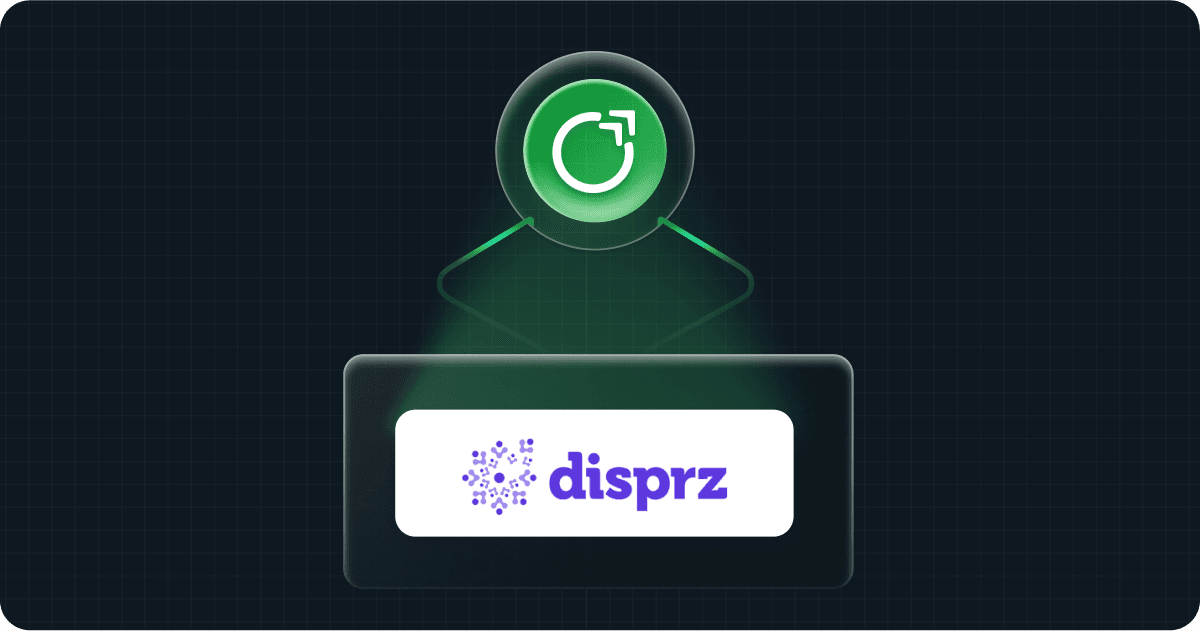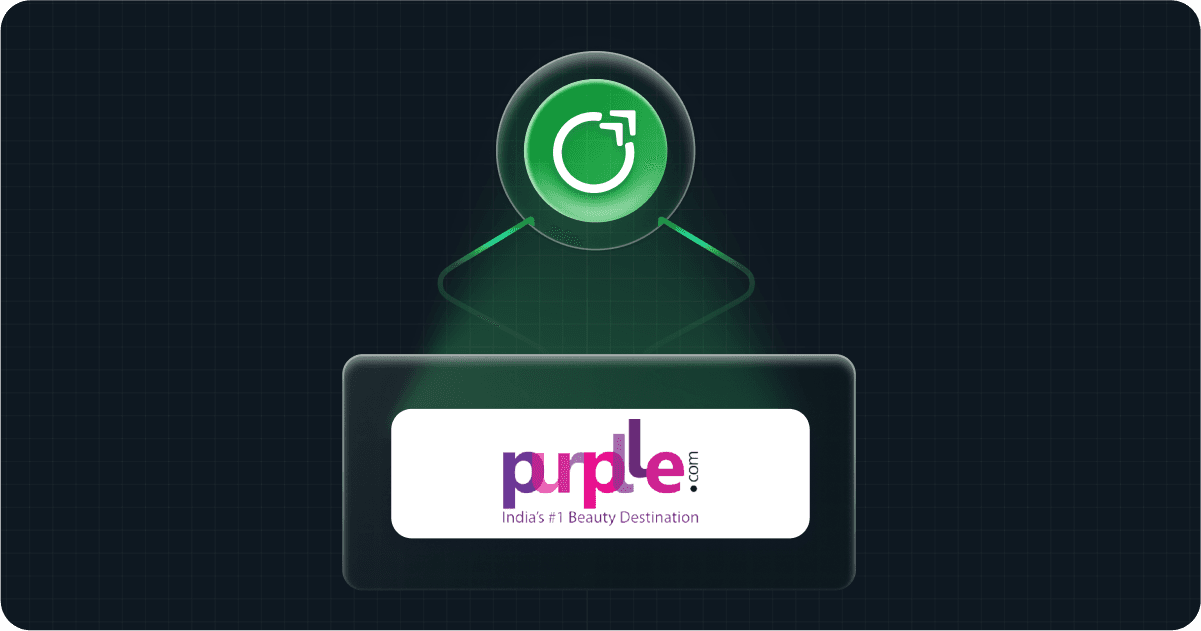
Customer Story
How a Leading Fintech Achieved 75% Reduction in Unattributed Cloud Costs
Leading fintech cuts unattributed cloud costs by 75% and achieves 95% cost visibility using OpsLyft’s intelligent FinOps automation.

Cloud cost optimization isn’t just theory, it’s a transformation in motion. From agile startups to Fortune 500 enterprises, OpsLyft empowers teams to eliminate waste, scale efficiently, and turn cloud spend into a strategic advantage.

Leading fintech cuts unattributed cloud costs by 75% and achieves 95% cost visibility using OpsLyft’s intelligent FinOps automation.

Disprz saves 40 hours monthly and achieves 100% automated cost allocation across six clouds with OpsLyft.

Purplle saved $200K on GCP in one month by eliminating idle resources and automating cost optimization with OpsLyft.